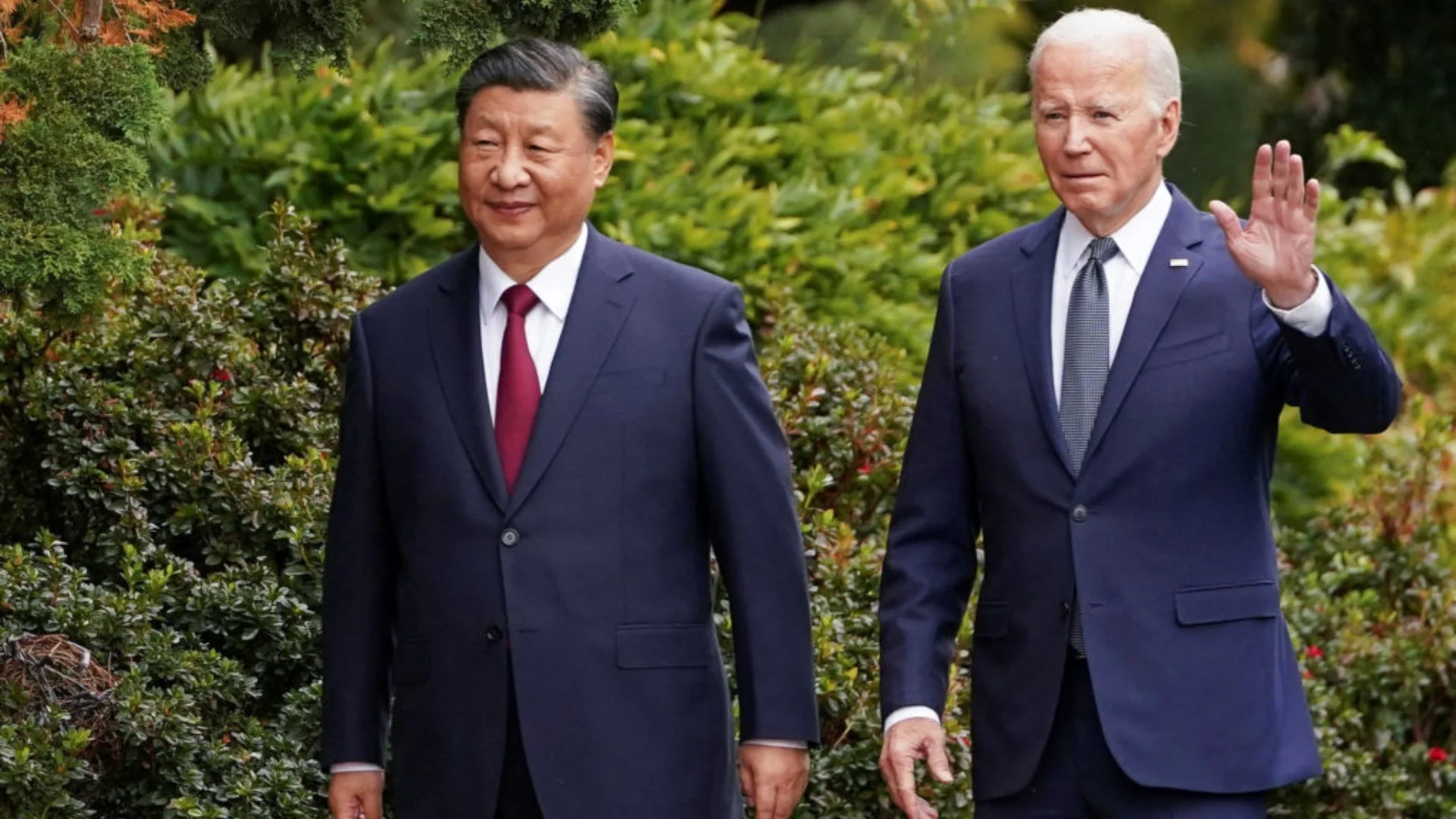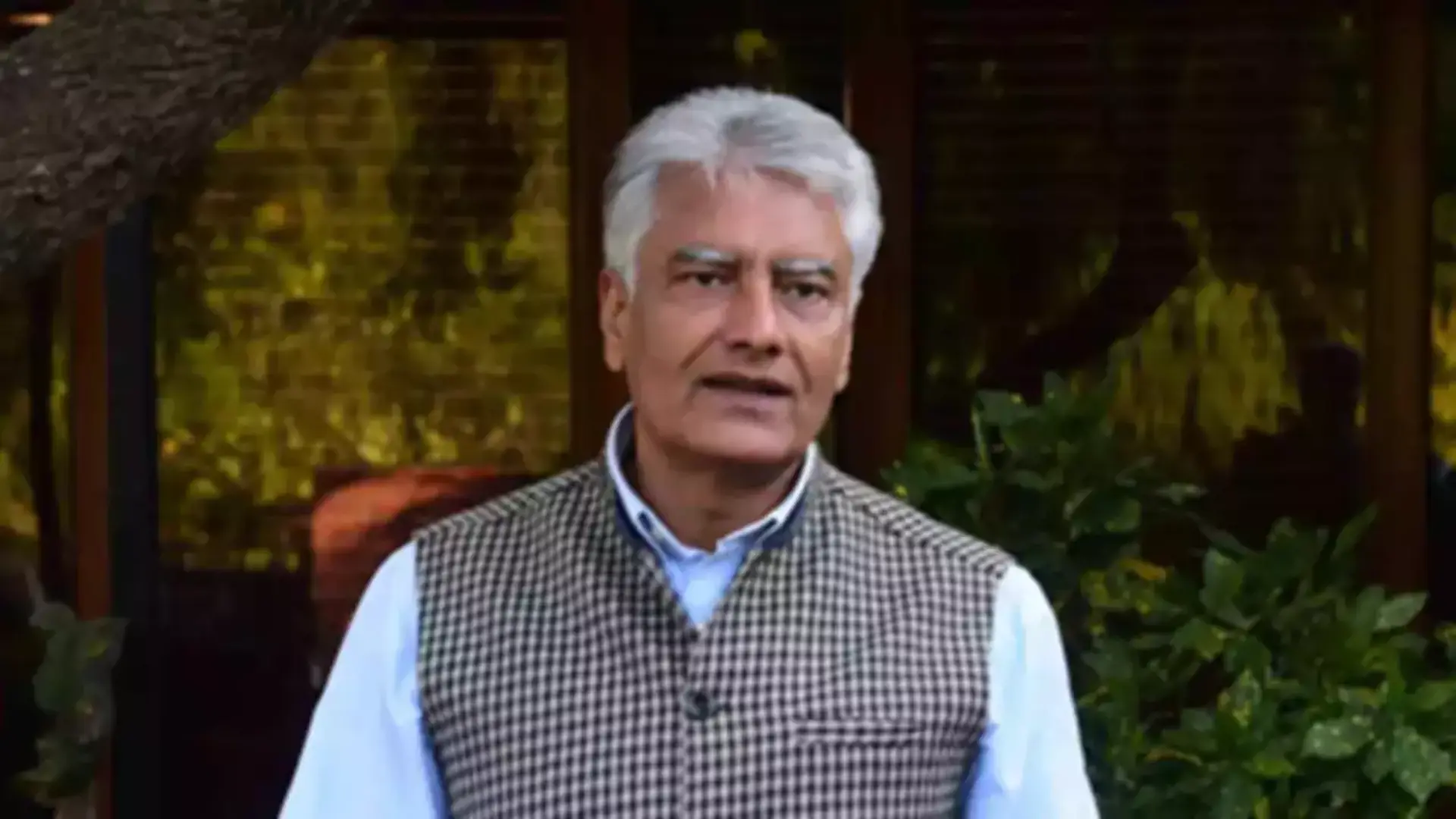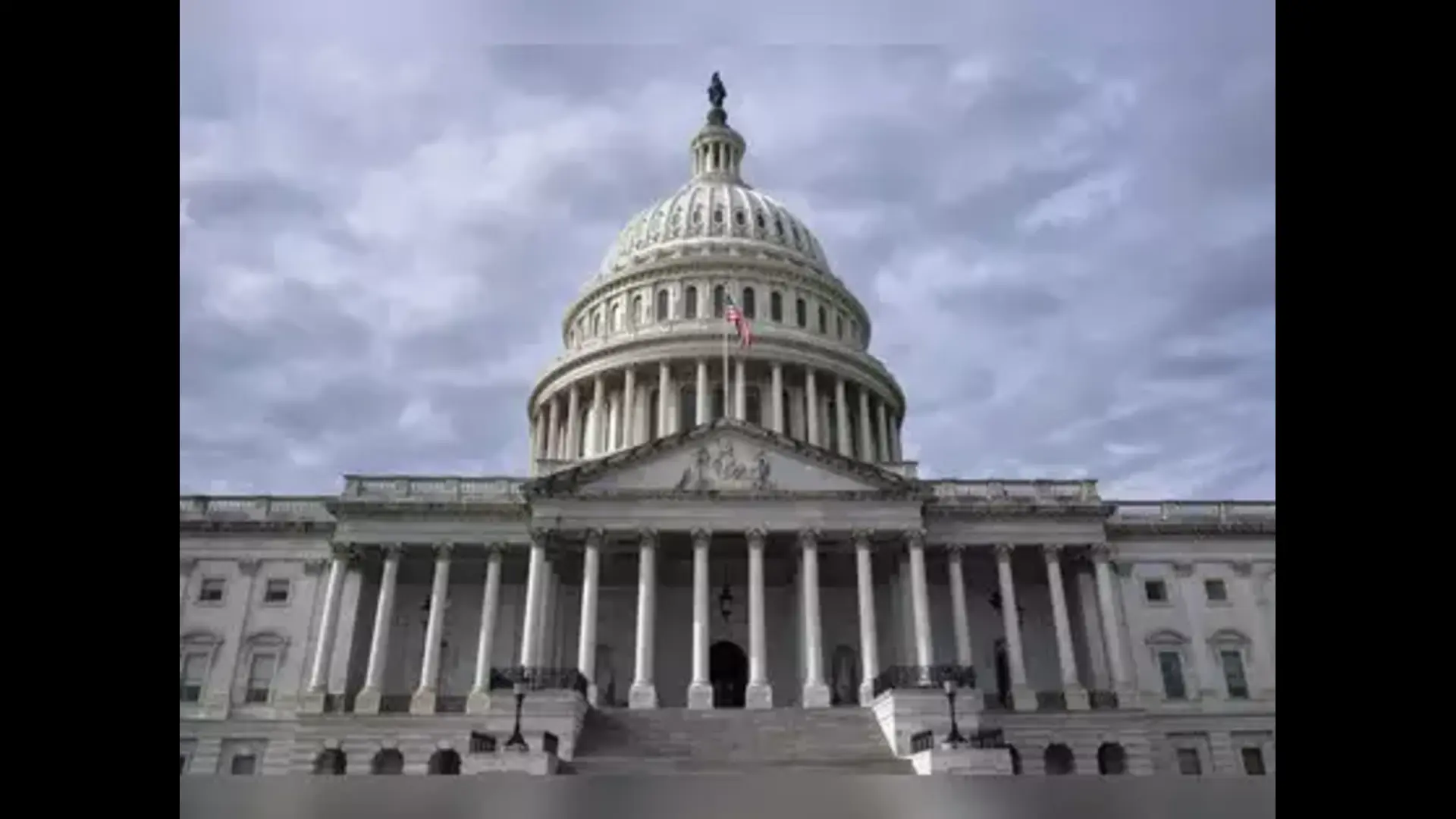
It seems as if the spy balloon episode will not disappear after the shooting down of a Chinese balloon over the U.S. soil, instead it will continue to fly at least for some more time, as a war of words between two nations continue.
The ongoing tussle between the U.S. and China over the cae of spy balloons doesn’t seem to be dying. China has said that it will take measures against U.S. entities related to the downing of a suspected Chinese spy balloon off the American East Coast in early February. Though at the daily briefing of the Chinese foreign ministry, spokesperson Wang Wenbin gave no details and did not identify the targets of the measures. China maintains that the balloon was an unmanned weather airship that was accidentally blown off course and accuses the United States of overreacting in bringing it down with a missile fired from an F-22 fighter jet.
Since the February 4 downing of the balloon, the United States has sanctioned six Chinese entities it said are linked to Beijing’s aerospace programmes. The U.S. House of Representatives subsequently voted unanimously to condemn China for a “brazen violation” of U.S. sovereignty and efforts to “deceive the international community through false claims about its intelligence collection campaigns.” Secretary of State Antony Blinken also cancelled a visit to Beijing that many hoped would have stabilised ties that have cratered amid disputes over trade, human rights, Taiwan, and China’s claim to the South China Sea.
While China denies the balloon was a military asset, it has yet to say what government department or company was responsible for it. After initially expressing regret over the balloon’s entry into U.S. airspace, China has returned spying accusations against Washington, alongside its threats of retaliation. “China firmly opposes this and will take countermeasures in accordance with the law against the relevant U.S. entities that undermine China’s sovereignty and security,” Wang has said.
Meanwhile, U.S. Ambassador to Japan Rahm Emanuel has said that the Chinese balloon’s intrusion was part of a pattern of aggressive behaviour by Beijing. Emanuel noted China’s recent beaming of military-grade laser on a Philippine coast guard patrol vessel, the harassment of U.S. planes by
Chinese jets and China’s opening of illegal police stations in the U.S., Ireland and other countries, are all pointers towards its aggressive behaviour.
Earlier this week, Japan’s Defence Ministry said at least three flying objects spotted in Japanese airspace since 2019 were strongly believed to have been Chinese spy balloons. It said it has protested and requested explanations from Beijing. Senior lawmakers in Japan’s governing party said they were considering expanding the Self Defence Force law to also include violations of Japanese airspace by foreign balloons.
Why this clamour over a balloon?
A spy balloon is literally a gas-filled balloon which flies quite high in the sky, at an altitude at which commercial airplanes fly. It is fitted with sophisticated cameras and imaging technology apparatus. It collects information through photography and other images of the ground below it.
Usually, satellites are the preferred mode of spying from above the ground. Spy satellites are placed in low Earth orbit, relatively close to the earth, though several hundred miles above. These satellites are able to see things more clearly than satellites that are farther away.
Higher altitude satellites are placed in the geosynchronous orbit, and that’s much farther away from the earth. Though they can’t produce high resolution pictures but are able to keep a continuous watch on the target.
A balloon in some ways gets the best of those. These balloons are much, much closer to the ground than any of the satellites, so they can see even more clearly. And then, of course, balloons are moving, but they’re moving relatively slowly, so they also have a degree of persistence. However, spying is not usually done these days with balloons because they are a relatively easy target and are not completely controllable.
Usually the spy balloons were used in the 40s and 50s, when the U.S. flew many balloons over the Soviet Union but they were eventually replaced by the high-altitude spy airplanes, the U-2s, and subsequently by satellites.
Based on this technical background it would be hard to fathom that China is really interested in spying over the U.S. by using balloons. Instead, it seems that the balloon doesn’t pose any real threat to the U.S. Sometimes China just experiments to see how far it can push things. Based are not really very advanced technology and in this era of AI guided defence systems, they do not serve any real military purpose.
It remains to be seen if the latest back-and-forth will prevent a meeting between Secretary of State Antony Blinken with Wang Yi, China’s top diplomat, on the side-lines of the Munich Security Conference this week. Blinken had cancelled a planned trip to Beijing this month when the initial balloon controversy erupted.
But this episode also points to the fact the China-U.S. rivalry is not going to die down in the near future and may result in an escalated skirmish in the South China Sea, ultimately.















